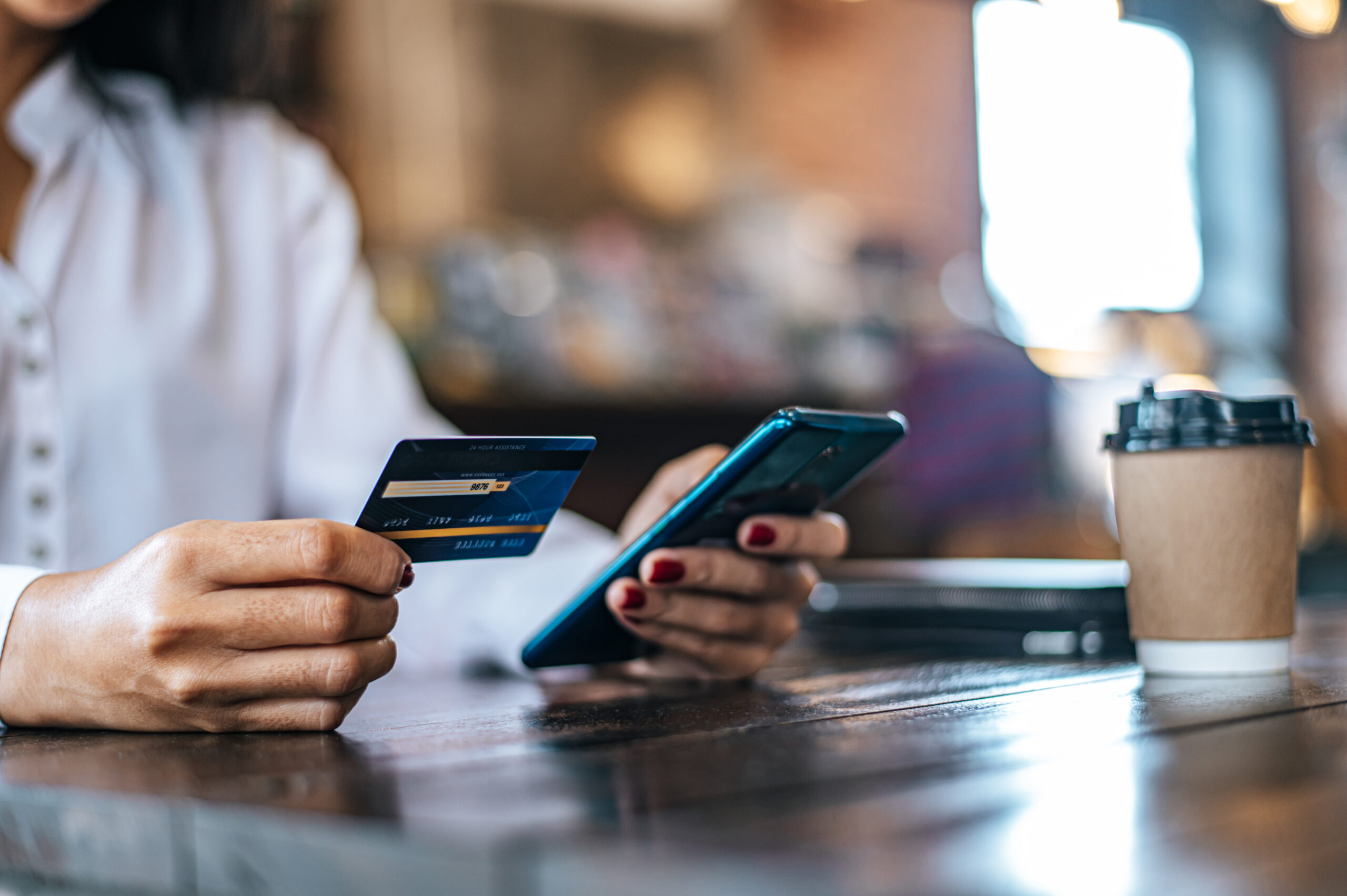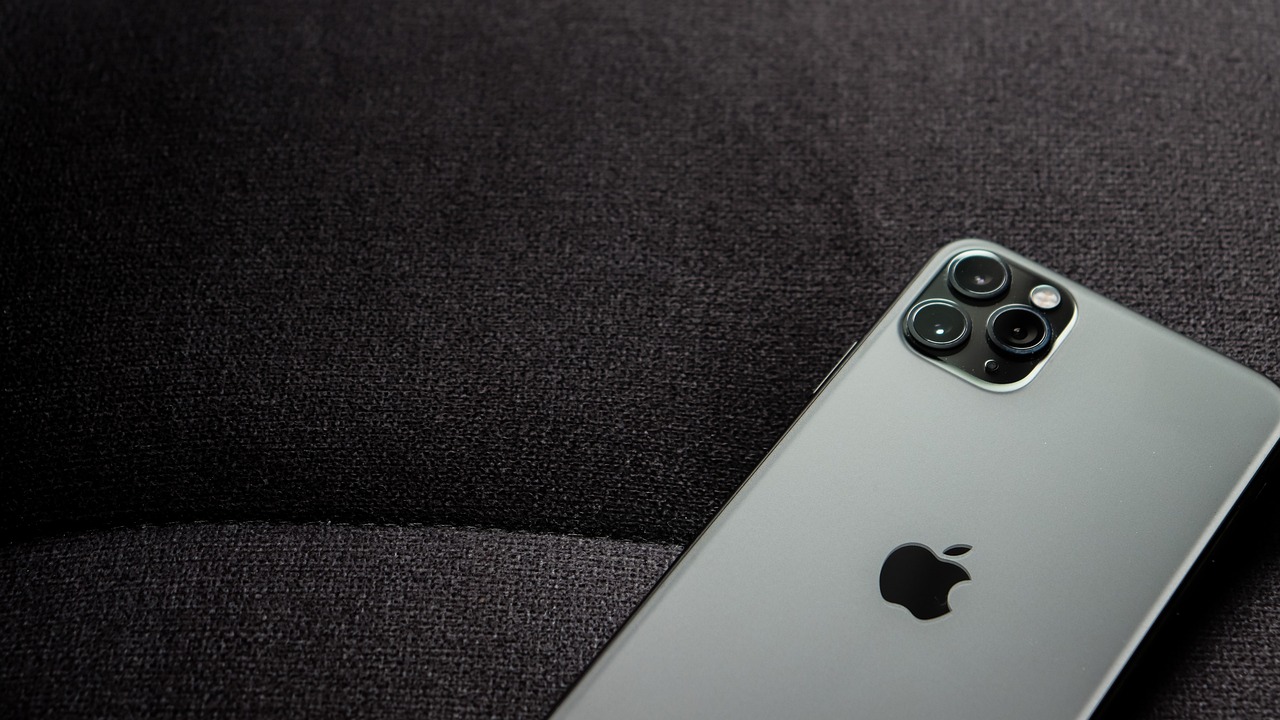Check out the alarming data! Many people do not have access to the internet, becoming “invisible” to modernity.
In the Digital Inclusion Era we live in, it is easy to think that most people have access to the internet through their cell phones. However, this is not the reality. Only 551,000,000 of the world’s population owns smartphones, a number that equates to 4.3 billion of the 8.04 billion people, according to a GSMA report.
According to the data, 4.6 billion people use the internet via cell phones worldwide, with 4 billion of these devices being smartphones, which means that 600 million people still use basic cell phones, without advanced systems to connect to the world wide web.
This is a worrying situation for GSMA Director General Mats Granryd, as it leaves billions of people without access to basic services such as income-generating opportunities, payment methods, security and more, making them invisible in the modern world.
Learn more about this topic now!

Data
According to the data, 69% of mobile phone users in regions considered developed like North America, East Asia and the Pacific have 4G-enabled devices, while the majority of people residing in regions like Sub-Saharan Africa, Middle East and North Africa still rely on 3G and 59% of people in these regions do not have access the Internet.
Overall, these countries lag behind the global context, as 3.4 billion people do not have access to the World Wide Web, 45% of the population. However, 38% of the people living in regions with available connection do not use it. In Brazil, 4G is expected to reach all municipalities only in 2026.
Among the causes of this digital exclusion are the lack of education and poverty, which create a barrier to access to technology, which unfortunately is expected to grow increasingly with the effects of economic and climate crises.
To reverse the situation, Granryd says it is necessary to invest in digital inclusion and education, so that people can have access to basic rights and have a better life.
Digital exclusion
Digital exclusion can have a number of impacts on the population, reducing their options for finding a job or having access to quality employment, which also has a negative impact on the economy of these people, increasing inequality and poverty.
Furthermore, the effects of digital exclusion were exacerbated by the pandemic. Many teachers and students did not have access to technology and sufficient digital skills, which greatly limited access to knowledge at the time, when schools had to be closed to prevent the transmission of Covid-19.
Inhabitants of remote areas where there is no internet are left without access to information and communication, even in times of emergency, preventing the population from receiving assistance or help at any time.
5G
The 5G arrived in Brazil in 2022, but it also faces difficulties in reaching more municipalities. According to data from a survey carried out by the Conecte 5G project, 78 of the 155 cities with more than 200 thousand inhabitants are not yet prepared to receive the 5th generation internet.
Among these 155 cities, 53 have legislation prepared to receive the connection and 24 of them, despite having specific laws for antennas, require revisions to better adapt to the law.
However, it is expected that in this second year of 5G implementation in the country, the connection will advance further and a greater number of Brazilians will have access to the network.



